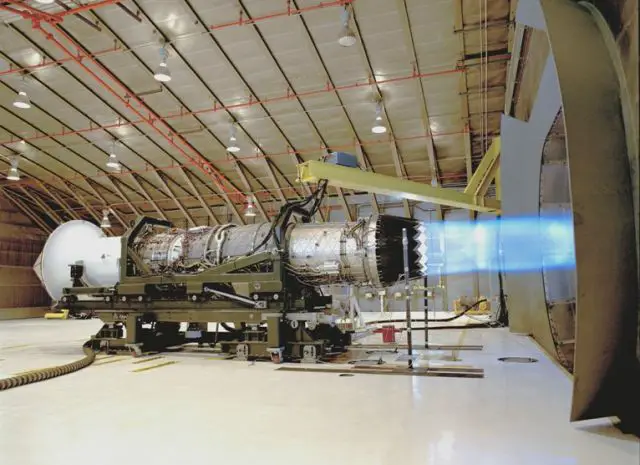Breaking news
F-35 Stealth Fighter engine probably repaired by end-october.
| a | |||
| |
|||
World
Aviation Defense and Security Industry News - Pratt & Whitney |
|||
| F-35 Stealth Fighter engine probably repaired by end-october | |||
Pratt & Whitney and the Pentagon are expected to select a planned fix to the F-35 fighter jet's engine by the end of October, a senior company executive said Thursday. Engineers have identified two potential remedies to prevent a repeat of the fire that broke out on a test jet in June, which temporarily grounded the fleet and still threatens to derail plans to have the plane combat ready for the U.S. Marine Corps next July. |
|||
 Pratt & Whitney F-135 engine during ground tests |
|||
According to The Wall Street Journal, investigators have narrowed the cause of the incident to excessive rubbing between engine parts during a two-second flying maneuver on a test flight two weeks before the incident at Eglin Air Force Base in Florida. Pratt, the sole producer of the jet's single F-135 engine, plans to either carve a groove in the part during manufacture or gradually create it with flying maneuvers on two test flights, a process similar to running in a car. "I would say that we would probably [decide] in the mid-to-end-of-October time frame, depending on the results of the testing that we're doing," Chris Flynn, vice president of the F-135 program at Pratt, said in an interview at a meeting of F-35 partners in Oslo. Pratt will pay for the repairs to existing jets and any changes to the manufacturing process. A final fix would also unlock the next set of F-35 orders, with Pratt negotiating two batches of engine deals, while prime contractor Lockheed Martin is close to concluding talks on another set of aircraft. The meeting of F-35 international partners and customers is the first since the engine fire, with the plane still flying under restrictions. "There's been actually quite a lot of patience and understanding," said Mr. Flynn of the customer reaction. The U.S. and its eight partner nations in the F-35 program plan to buy more than 3,000 of the jets, though technical delays in the project and cost overruns have slowed production and orders. Jeff Babione, Lockheed's deputy F-35 program manager, said in an interview that it would take around 10 years to accumulate the targeted 700 orders from non-US customers, with around 150 booked to date. Seven partner nations, the U.S., Norway, the U.K., Netherlands, Italy, Turkey and Australia, have so far placed orders. Denmark and Canada are conducting competitions to decide whether to buy the F-35 or rival jets. Israel, Japan and South Korea have also placed orders. |
|||



















